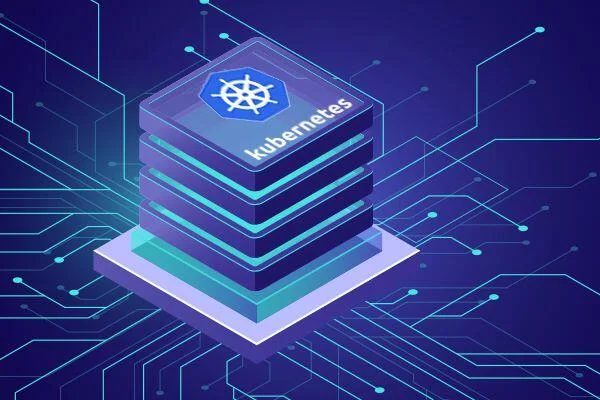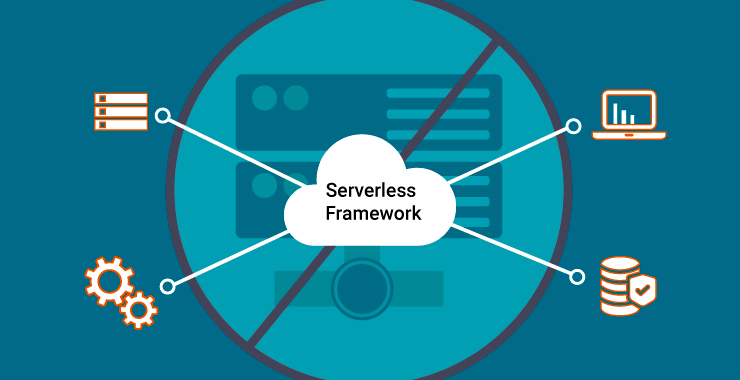Kubernetes has become the gold standard for container orchestration, offering a powerful platform for managing containerized applications across various environments. This article delves into the fundamentals of Kubernetes orchestration, exploring its core components, benefits, and how it has transformed modern application deployment and management.
What is Kubernetes?
Kubernetes, often abbreviated as K8s, is an open-source platform developed by Google for automating the deployment, scaling, and management of containerized applications. Originally created to manage Google’s own containerized applications, Kubernetes has evolved into a widely adopted solution that supports complex workloads and various cloud environments.
At its core, Kubernetes provides a framework for running distributed systems resiliently, scaling applications on demand, and maintaining high availability. By abstracting the underlying infrastructure, Kubernetes allows developers to focus on their applications rather than the intricacies of the hardware.
Key Components of Kubernetes
Kubernetes operates through a series of interconnected components, each fulfilling a specific role in the orchestration process.
Master Node and Worker Nodes
At the heart of a Kubernetes cluster are the master node and the worker nodes. The master node is responsible for managing the cluster, including scheduling, maintaining cluster state, and managing APIs. It runs several key components such as the API server, scheduler, and controller manager. The worker nodes, on the other hand, execute the applications and services. They host the containers and are managed by the master node through a set of services including kubelet, which ensures containers are running as expected, and kube-proxy, which maintains network rules and load balancing.
Pods, Deployments, and Services
In Kubernetes, the smallest deployable unit is a pod, which can contain one or more containers. Pods are managed by deployments, which define the desired state and ensure that the specified number of pods are running at any given time. Deployments also handle updates and rollbacks, making it easier to manage application versions and maintain uptime. Services provide a stable network endpoint for accessing pods, ensuring that network traffic is directed correctly and load is balanced across available instances.
Namespaces and ConfigMaps
Namespaces are a way to divide a Kubernetes cluster into multiple virtual clusters, allowing for isolation and management of resources across different projects or teams. ConfigMaps provide a method to manage configuration data separate from application code, facilitating easier updates and maintaining configuration consistency across deployments.
5 Benefits of Kubernetes Orchestration
Kubernetes orchestration offers numerous benefits that contribute to its widespread adoption.
1. Scalability and Flexibility
One of the most significant advantages of Kubernetes is its scalability. Kubernetes can automatically scale applications based on demand, adjusting the number of pod replicas as needed. This capability ensures that applications can handle varying workloads efficiently, providing the flexibility required for dynamic environments.
2. High Availability and Fault Tolerance
Kubernetes is designed with high availability in mind. It ensures that applications remain operational even in the event of node failures or disruptions. Through features like self-healing and automated failover, Kubernetes minimizes downtime and maintains service reliability.
3. Efficient Resource Utilization
By abstracting infrastructure details and providing efficient resource management, Kubernetes optimizes the use of underlying hardware. It schedules containers based on resource requests and constraints, ensuring that applications run efficiently and cost-effectively.
4. Simplified Deployment and Management
Kubernetes streamlines the deployment process through automation and declarative configuration. Users define the desired state of their applications using YAML or JSON files, and Kubernetes handles the deployment and updates. This approach simplifies application management, reduces the likelihood of human error, and accelerates the development lifecycle.
5. Real-World Applications of Kubernetes
Kubernetes is not just a theoretical framework but a practical solution used by many organizations to manage their applications. From startups to large enterprises, companies leverage Kubernetes to enhance their DevOps practices, support continuous integration and continuous delivery (CI/CD) pipelines, and manage complex microservices architectures. Major cloud providers, such as Google Cloud, Amazon Web Services (AWS), and Microsoft Azure, offer managed Kubernetes services, further simplifying deployment and management for users.
Conclusion
Kubernetes orchestration has revolutionized the way applications are deployed and managed, offering unparalleled scalability, flexibility, and efficiency. By understanding its core components and benefits, organizations can harness the power of Kubernetes to streamline their operations, improve application reliability, and adapt to the ever-evolving technology landscape.
As the demand for containerized applications continues to grow, Kubernetes will remain at the forefront of orchestration solutions, driving innovation and enhancing how software is delivered and maintained.





